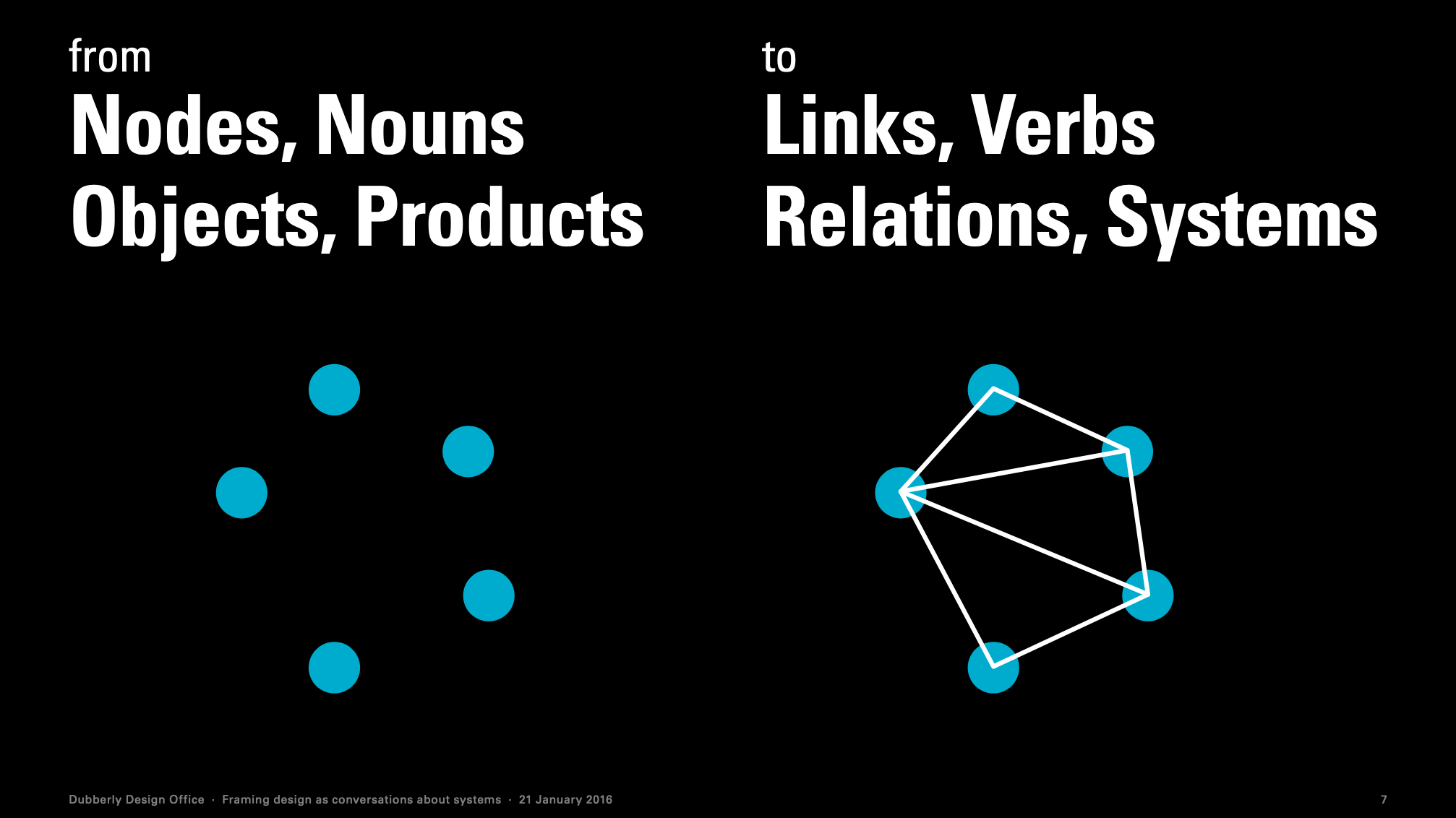Why design and build with systems in mind?
Micène Fontaine, November 15, 2022
As a kid, I loved taking things apart. Once reassembled - with all the same parts - they never worked the same way.
If you took your car apart, none of its parts - on its own - would take you from point A to point B. Now, tweak one of the parts, and you might get there faster or more reliably. But, once again, on its own, the "improved" part still wouldn't get you anywhere.
The same goes for your body, any building you design, and a long list of systems - natural or otherwise - on which we rely to move forward or get things done. When you think about it, you'll quickly realize that relatively simple systems are part of more complex systems.
In other words, the more you zoom out, the more complex (and dizzying) it gets. The more you zoom in, the more manageable and actionable things feel.
It's an oversimplification, but it's what "systems thinking" is all about - so long as you can keep in mind that whatever you do when you are zoomed in has repercussions on the whole system - when you zoom out.
According to Forum for the Future, "systems thinking identifies the interactions between different parts of a system – a city, a society, a sector – and ensures they deliver more than the sum of the parts." In the hands of architects and designers, it's a particularly powerful way to approach and help solve complex problems.
We've all seen cascading dominoes. We get cause and effect. It makes sense, but how does it work when you start thinking about buildings as systems - and then as part of a system? In brief, it takes a holistic approach that combines design thinking and systems thinking, and that Architects like Taleen Josefsson use to tackle complex environmental and social issues relating to the built environment.
It's an approach that starts with the intent to solve the root cause of an issue rather than the surface-level symptoms. It's an approach rooted in zooming in and out between the forest and the trees. An approach that acknowledges that nothing happens in a vacuum in life.
If you've ever thought, said, done, designed, built or shared anything, then you know what I mean. Nothing new so far, yet, embedded in that simple observation is the importance of systems and the power they yield.
Think of a mind map. Now, remove the connections. What are you left with? Discrete pieces of information and disconnected thoughts. Not particularly valuable nor insightful, is it? Especially not with information at our fingertip.
"Businesses are drowning in data but starving for insights." This quote from a 2019 Forrester Research Report speaks to the importance of relationships, interactions, and connections. And it applies to the built environment and the architecture & design industry. Insights stem from understanding the underlying patterns, which is what systems thinking helps us uncover and what makes it so valuable.
For a visual dive into this topic, check out "Framing Design as Conversation about Systems" by Dubberly Design Office (the illustration above comes from that slide deck). For a deeper dive into systems thinking in practice, check out our Change by Design session with Taleen Josefsson on “Systems Thinking for Architects and Designers.”
Here is to connecting the dots - by design.





